In the complex landscape of finance and investment, understanding the concept of "bond yield" is crucial for investors seeking to make informed decisions about fixed-income securities. Bond yield is a fundamental metric that provides insights into the potential return on investment and risk associated with bonds. In this article, we will delve into what bond yield is, why it matters to investors, how it's calculated, and its significance in the context of investment.
What is Bond Yield?
Bond yield refers to the income generated by a bond as a percentage of its face value or current market price. It represents the return an investor can expect to earn from holding the bond over a specific period, considering both the interest payments and any potential capital gains or losses.
Bond yields are a critical factor in fixed-income investing, as they help investors assess the attractiveness of a bond compared to other investment opportunities and gauge the level of risk associated with the investment.
Types of Bond Yields:
There are several types of bond yields, each providing a different perspective on the investment's potential return:
1. Coupon Yield: The coupon yield, also known as the nominal yield or the stated yield, is the fixed annual interest rate paid by the bond issuer to the bondholder. It is expressed as a percentage of the bond's face value. For example, a bond with a face value of $1,000 and a coupon yield of 5% would provide annual interest payments of $50 ($1,000 x 0.05).
2. Current Yield: The current yield is a measure of the bond's annual interest payments relative to its current market price. It is calculated by dividing the bond's annual interest payment (coupon) by its market price. For instance, if a bond with a $1,000 face value and a 5% coupon is trading at $950, the current yield would be 5.26% ($50 / $950).
3. Yield to Maturity (YTM): YTM is a comprehensive measure of a bond's total potential return, taking into account both coupon payments and any capital gains or losses if the bond is held until maturity. YTM considers the bond's market price, face value, coupon rate, and the time remaining until maturity.
4. Yield to Call (YTC): YTC is similar to YTM but calculates the potential return if the issuer calls the bond before maturity. Callable bonds give issuers the option to redeem the bonds early, potentially affecting the investor's yield.
5. Yield to Worst (YTW): YTW is the lowest potential yield an investor can receive, considering various scenarios such as bond calls, early redemptions, or other unfavorable conditions. It helps investors assess the downside risk of a bond investment.
Significance in Investment:
Bond yields play a crucial role in investment for several reasons:
1. Income Generation: Bond yields indicate the amount of income an investor can earn from holding a bond. This income can be attractive to income-seeking investors, such as retirees.
2. Risk Assessment: Yields provide insights into the level of risk associated with a bond. Higher yields often indicate higher perceived risk, while lower yields may signal safer investments.
3. Comparative Analysis: Investors use bond yields to compare different bond offerings and assess their relative attractiveness. Yields help investors make informed decisions about where to allocate their capital.
4. Interest Rate Environment: Bond yields are influenced by prevailing interest rates. When interest rates rise, bond prices tend to fall, leading to higher yields. Conversely, when rates fall, bond prices tend to rise, resulting in lower yields.
5. Portfolio Diversification: Investors use bonds with varying yields to diversify their portfolios, balancing risk and return.
Calculating Bond Yields:
Calculating bond yields can vary depending on the type of yield being considered. Here is a simplified formula for calculating the current yield:
[Current Yield = left(frac{text{Annual Interest Payment}}{text{Current Market Price}}right) times 100% ]
For Yield to Maturity (YTM) and Yield to Call (YTC), more complex calculations that consider factors like the time value of money and potential cash flows are involved. These calculations often require the use of financial calculators, spreadsheets, or specialized software.
In conclusion, bond yield is a fundamental concept in the world of investment, providing investors with insights into potential returns and risk associated with fixed-income securities. Whether you are seeking income, diversification, or a safe haven for your investments, understanding bond yields is essential for making informed investment decisions and aligning your portfolio with your financial goals and risk tolerance.

